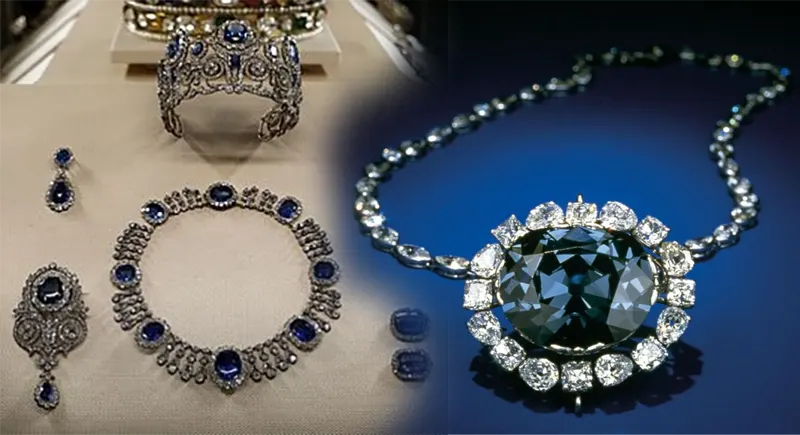In the world of high-value jewels, few objects can command the same level of attention and awe as the royal rings that have graced the fingers of France’s monarchs throughout history. Among these priceless treasures, the engagement ring often stands out not only as a symbol of love but also as an item of immense historical significance. The engagement ring in particular has become a marker of royal lineage, and as such, protecting these rings has become a priority of utmost importance for those who hold the keys to France’s monarchy. From the opulent diamonds to the intricate designs, the security surrounding these royal jewels is a combination of advanced technology, vigilance, and historical protocol.
The history of France’s royal engagement rings is both dazzling and tumultuous. They have witnessed everything from opulent royal weddings to dramatic revolutions. One of the most famous pieces is the ring worn by Queen Marie-Antoinette, an exquisite diamond and sapphire creation that was lost during the French Revolution but later recovered. Such rings are not just beautiful ornaments; they symbolize the power and legacy of the French monarchy, which is why ensuring their security has always been a priority for the ruling family. Today, the royal jewels, particularly the engagement ring, are safeguarded not only by physical barriers but by a network of security systems designed to prevent theft, damage, or loss.
In the modern era, safeguarding the royal ring and other valuable jewels has become more sophisticated. France employs state-of-the-art security technologies to protect its treasures. High-tech alarm systems, motion detectors, and biometric authentication are used in the royal vaults, ensuring that only authorized personnel can access these sacred artifacts. Moreover, the jewels are closely monitored by armed security personnel who are trained to respond to any threat. The security measures go beyond simple protection; they extend to the transportation of the jewels as well. When these rings or other royal jewels are showcased in public exhibitions, they are transported under the watchful eyes of private security firms specializing in high-profile jewelry, with armed escorts and undercover officers ensuring their safe passage.
One of the most intriguing aspects of the royal ring’s security lies in the historical precedents set by the monarchy. The French Revolution brought about the theft and looting of royal treasures, leading to a renewed understanding of the need for security. Many royal rings from this period were melted down or hidden to avoid being seized by revolutionaries. Today, the historical importance of these jewels adds a layer of urgency to their protection. They are not only valuable due to their inherent worth but also for their cultural significance as symbols of France’s royal past.
Beyond the physical security measures, a team of experts works tirelessly to maintain the condition of these jewels. Regular inspections ensure that each stone, setting, and clasp is in perfect condition. A royal engagement ring, for instance, is often the subject of meticulous cleaning and restoration efforts. In some cases, the jewels undergo precise scientific analysis to ensure their authenticity and historical value. Jewelers and conservators, trained in handling valuable artifacts, ensure that these treasures are kept in pristine condition for future generations.
In conclusion, the royal ring’s security is a multi-faceted operation that combines modern technology, skilled personnel, and historical respect. Protecting France’s most valuable jewels, including the iconic engagement ring, requires a commitment to safeguarding not only their physical form but their historical and cultural legacy. With sophisticated security protocols and a deep respect for the heritage they represent, France ensures that its royal jewels remain as safe as they are cherished.









